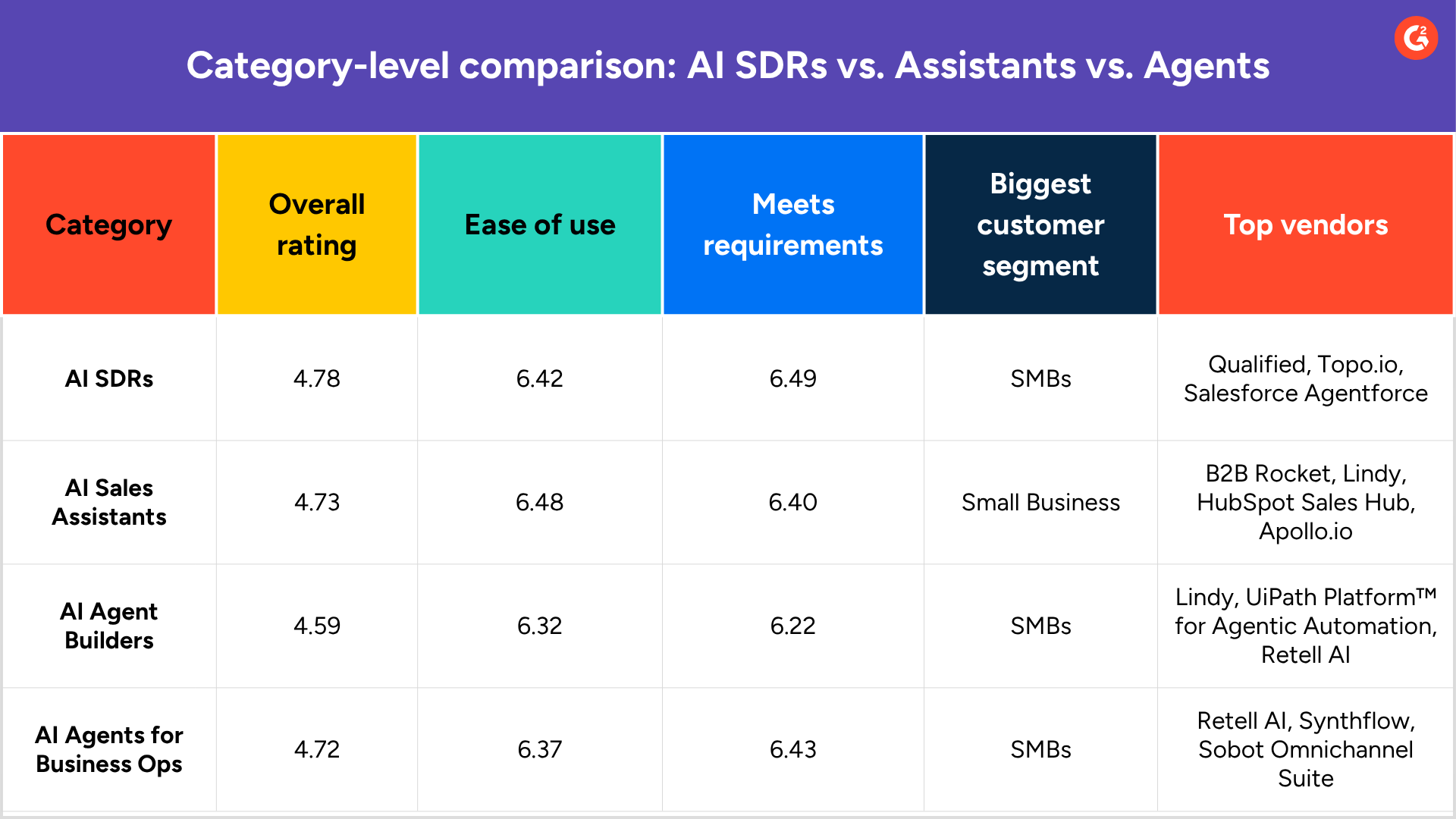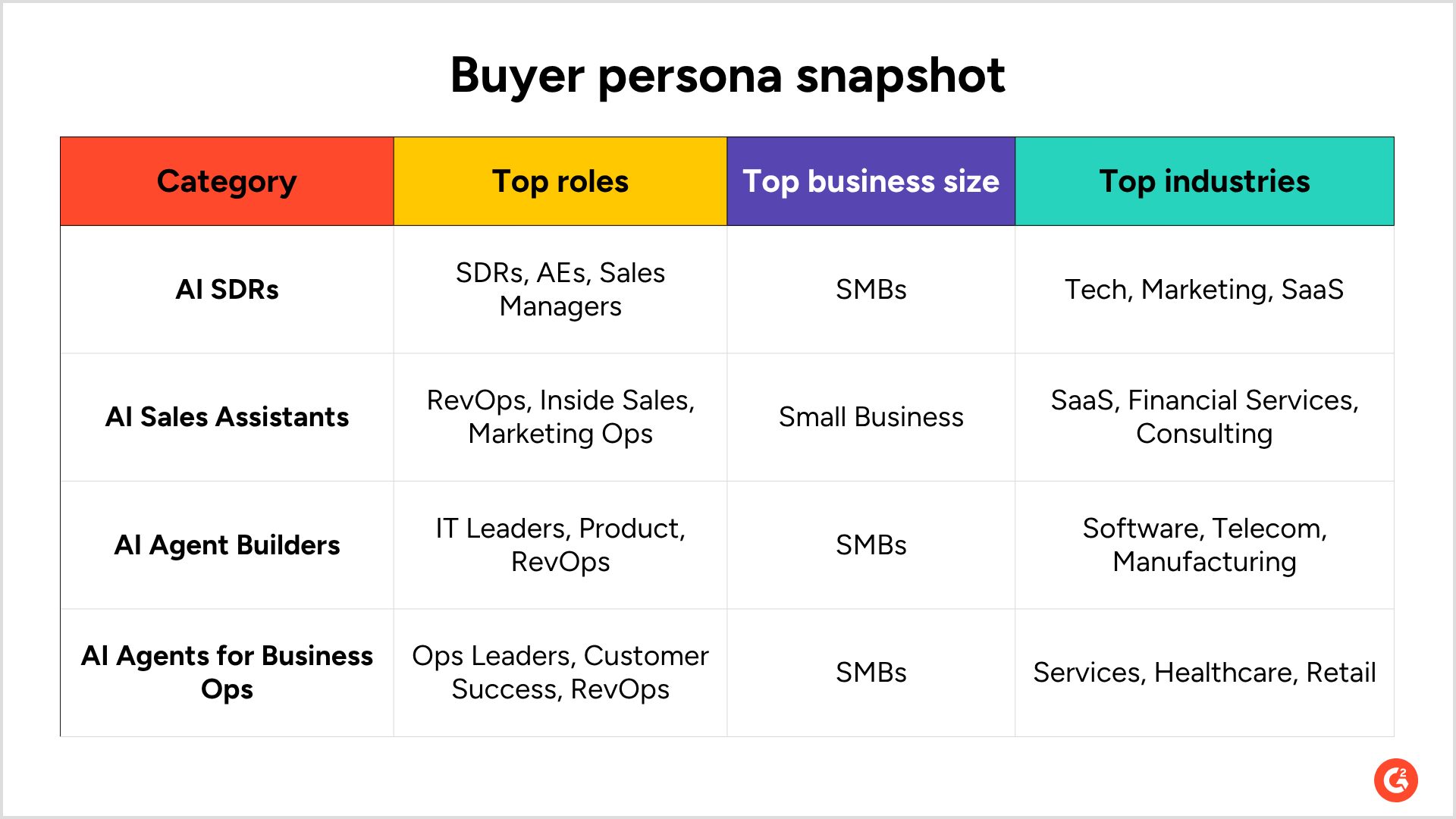October 29, 2025
 by Kamaljeet Kalsi / October 29, 2025
by Kamaljeet Kalsi / October 29, 2025

Circa 2019, I remember talking to C-suite leaders in the pre-AI era, and their biggest concern was, "How do we get our sales executives to update the CRM accurately?” Fast-forward to today, and their concern has ballooned, just like their tech stack. Now, they ask, “We invested in AI sales technology platforms, what’s the ROI? Is our team really using the tech to its full potential? And how do we get them to update the CRM accurately?”
The software world has fallen in love with three letters — ROI. AI shows up in roadmaps, revenue meetings, and every third LinkedIn post. If the promise of seamless sales cycles matched the volume, most funnels would be frictionless by now. They aren’t (yet).
That gap between the claim and the commercial outcome is where AI-washing lives. So, what is AI-washing? It’s when teams say they’re using AI to transform sales performance, but the workflows, habits, and revenue outcomes tell a different story.
This tech signals is for CROs and revenue leaders who want a real roadmap. Not a hype tour of AI’s value in sales.
We’ll compare AI sales assistants, AI sales agents, and the mythical AI SDR to show where effectiveness beats efficiency, and how to prove ROI without contorting yourself into attribution knots.
Before we get into the data, let’s see the ground reality of revenue teams today and understand what CROs and VPs are adjusting as a result.
Teams are wiring AI into everything except the buying journey. Co-pilots proliferate, dashboards glow, and yet pipeline velocity doesn’t budge. Why? Because efficiency without prioritization is theater. Revenue leaders don’t need more “AI-powered” tasks. They need fewer steps to a decision. Here’s what revenue leaders from Seamless.ai, Apollo.io, and G2 discussed about their first-hand observations about AI usage in the sales organization.
B2B SaaS reps and buyers are both swimming in buzzwords. The fastest way out is to translate every AI claim into a job to be done. If the job isn’t obvious, neither is the value.
“AI SDRs sell. AI agents act. Assistants help. Start by asking: AI in order to what?”
Jonathan Pogact
VP of Marketing at Seamless.ai
Avoid bolting labels onto your org chart; instead, map them to the customer journey. If an assistant doesn’t make a seller sharper for the conversation that matters, it’s a distraction. If an agent can’t be tied to a measurable step in the journey, it’s a science project.
While the industry’s favorite promise is “ giving time back”, it’s time to differentiate between table stakes and true value. According to G2’s Chief Revenue Officer, Eric Gilpin, what moves revenue is return on time. This is a combination of doing the right things, the right way, in the right order. Efficiency trims minutes; effectiveness removes bottlenecks.
Picture a whiteboard of your end-to-end journey. There’s one chokepoint slowing everything: unqualified inbound clogging calendars, handoffs dropping context, and proposals stalling in legal limbo. Point AI there, not everywhere.
A few ground rules keep teams honest:“I don’t want to be ‘efficient.’ I want to be effective; doing the right things, the right way, in the right order.”
Eric Gilpin
CRO of G2
Hype sounds like “AI-powered.” Revenue sounds like “meetings booked went up 47% when we used it this way.” The difference is a measurement system that separates quality, usage, and business impact.
“If reps aren’t using it, or it isn’t measurably improving results, you’re just playing semantics.”
Samuel Thomas Elliott
Prompt Writer and Engineer at Apollo.io
A four-metric scorecard that travels well:
Tyler Phillips, Director of Product Management at Apollo.io, makes a critical point: Impact is easier to prove closest to the outcome.
When AI powers outreach with research that earns an immediate reply, the causal line is short.
Tip: If you're using AI to trim research time, don’t stop at measuring hours saved. Pair “hours saved” data with downstream metrics to see how it translates to impact on ticket size or deal velocity.
And this is where most sales teams fall into predictable traps.
Automating the wrong thing: New knobs make it too easy to turn everything on. The filter is simple: if a task isn’t the highest and best use of a seller’s time and you can tie it to a revenue objective, automate. If not, don’t.
Showing up less prepared than the buyer: Most buyers shortlist before a first call. Yet inboxes fill with generic sequences that ignore obvious signals in reviews, usage, and public content. Use assistants to synthesize context into a point of view:
Feature–fit confusion: Apollo.io’s “prompt factory” analysis of research requests showed only ~20% were actually feasible. Often, the issue isn’t the model; it’s that users don’t understand what the feature does. Good product teams close this with guardrails, annotations, and suggested paths that nudge people toward winnable asks.
“Busy work gets faster, but revenue doesn’t grow unless you point AI at the right things in the right order.”
Jonathan Pogact
VP of Marketing at Seamless.ai
We analyzed ~2000 reviews (500 reviews per category) across AI SDRs, AI Sales Assistants, AI Agent Builders, and AI Agents for Business Operations categories. User reviews reveal that while AI SDRs and assistants are firmly embedded in sales workflows, the rise of agentic AI is playing out across two distinct categories: builders and business ops platforms. Together, these new AI categories are reshaping how revenue teams think about orchestration, adoption, and ROI.
For CROs and revenue leaders, the message is clear: efficiency isn’t the endgame. Effectiveness is.
The way you adopt assistants, agents, and SDRs will decide whether you’re gaining a performance edge or just adding another AI label to your stack.
Before we talk about ROI, it’s worth asking: is every AI sales category delivering the same ROI story? To find out, we analyzed category-level data from G2 to understand how different types of AI sales tools perform across usability, requirements fit, and adoption.
The goal: separate the hype from what’s truly helping revenue teams move faster, sell smarter, and close more predictably.

Source: Exclusive G2 review data
While ROI timelines were not consistently reported in reviews, adoption signals are still strong. SDRs and assistants win in SMB and mid-market settings with speed and simplicity.
Agent categories lean into orchestration and enterprise workflow ambitions, a sign of the agentic AI era arriving.
To cut through the AI-washing noise, we looked at the buyer personas driving each category — the roles adopting these tools, the business sizes leaning in, and the industries seeing early traction.

Source: Exclusive G2 review data
SMB sellers want speed to lead, while enterprise teams want orchestration and compliance baked in. The SaaS industry seems to be drinking its own AI-labeled champagne.
Now that we know who’s using these tools, it’s worth understanding why they’re using them.
Numbers give us the map. But it’s the ground reality of how teams use AI assistants, agents, and SDRs in real buying journeys. Now that we've analyzed if AI is fuel or just fog, let's create a clear path to help revenue teams complete this journey.
Think your brand is AI-ready? Register for Reach 25, join Bozoma Saint John, Profound, Zendesk, Reddit, Canva, and more on Nov 5 to learn strategies and actionable insights.
AI isn’t a side project anymore, it’s the new operating system for revenue teams. This playbook breaks down what an AI-powered sales organization looks like, how to tie tools to real ROI, and how to ship results in 30 days or less.
It’s not science fiction. It’s a posture.
Here’s what that looks like in practice.
But a clear picture alone doesn’t deliver ROI. The real differentiator is how CROs operationalize it.
Principles only matter if they show up in the next quarter’s plan. Here’s how to turn them into a 30-day sprint.
The goal isn’t to win the AI conversation. It’s to shorten the distance between intent, action, and decision while strategically positioning your business around this buyer journey.
Week 1: Run the “in order to ___” audit: List every AI feature. Complete the sentence and name a proof metric tied to revenue. Sunset anything without an outcome.
Week 2: Automate one last-mile workflow: Start with speed-to-lead or SDR→AE handoff. Define agent scope and human checkpoints. Ship it to a subset of users.
Week 3: Install the four-metric scorecard: Gate on quality and track adoption weekly. Pair time savings with conversion. Report in business terms.
Week 4: Consolidate and codify: Reduce to two core systems where the work already lives. Publish governance: what’s agent-owned vs. human-owned, escalation paths, brand, and privacy rules.
The short answer: sometimes.
The data and expert perspectives point to a pattern: sales teams often adopt AI tools for efficiency gains, but if those tools aren’t tied to a measurable customer journey step, the result is theater, not revenue. That’s where AI-washing creeps in.
But when CROs ground adoption in effectiveness by automating the last mile, mapping assistants and agents to real outcomes, and holding vendors accountable for ROI, AI becomes a performance lever, not a label.
The verdict isn’t that sales teams are guilty. It’s that the trial is still in session. Those who move from AI-washing to ROI-proof workflows will shorten the distance between intent, action, and decision. And that’s the edge revenue leaders are chasing.
It is the cleaner journeys that will stand out from louder claims.
Are you ready for fewer steps to winning that “yes” from your ICP?
AI-washing happens when sales teams adopt AI tools for the sake of efficiency or branding, but fail to tie them to measurable outcomes in the buyer journey. It’s efficiency theater rather than revenue impact.
Audit tools with the “AI in order to ___” test. Automate the last mile first, align assistants to SMB use cases and agents to enterprise workflows, and focus on adoption symmetry so AI doesn’t become shelfware.
Edited by Supanna Das
Want to learn how your B2B brand can lead the AI race? Register for Reach 25 and learn from the trailblazing SaaS leaders on Nov 5, 2025.
Kamaljeet Kalsi is Sr. Editorial Content Specialist at G2. She brings 9 years of content creation, publishing, and marketing expertise to G2’s TechSignals and Industry Insights columns. She loves a good conversation around digital marketing, leadership, strategy, analytics, humanity, and animals. As an avid tea drinker, she believes ‘Chai-tea-latte’ is not an actual beverage and advocates for the same. When she is not busy creating content, you will find her contemplating life and listening to John Mayer.
I’m in meetings all the time, and I’ve seen how fast decisions and action items disappear once...
 by Washija Kazim
by Washija Kazim
We called it back in July 2024 — AI chatbots like OpenAI’s ChatGPT and Perplexity wouldn’t...
 by Kamaljeet Kalsi
by Kamaljeet Kalsi
We’ve been tracking the rise of AI search and predicting its impact on the tech landscape...
 by Kamaljeet Kalsi
by Kamaljeet Kalsi
I’m in meetings all the time, and I’ve seen how fast decisions and action items disappear once...
 by Washija Kazim
by Washija Kazim
We called it back in July 2024 — AI chatbots like OpenAI’s ChatGPT and Perplexity wouldn’t...
 by Kamaljeet Kalsi
by Kamaljeet Kalsi


